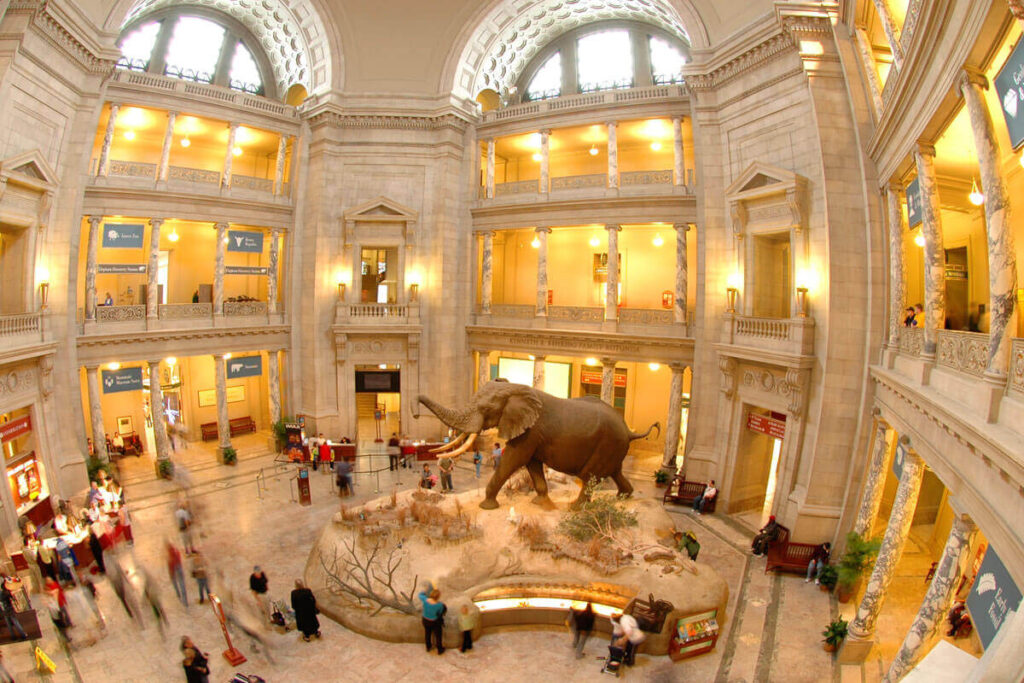The Smithsonian Institution: A Bedrock of Global Knowledge
On August 10, 1846, an event occurred that would significantly impact the world of science, history, and art. The establishment of the Smithsonian Institution in Washington, D.C., marked a monumental leap in our ability to understand our world.
The Founding Legacies
The Smithsonian Institution’s story begins with James Smithson, an English scientist who unexpectedly bequeathed his estate to the United States to create an establishment “for the increase and diffusion of knowledge.” Although Smithson never visited the United States, his generous gift, valued at $500,000 in 1846 (approximately $14.3 million today), laid the foundation for what would become one of the world’s premier institutions for research and education.
President James K. Polk signed the act establishing the Smithsonian Institution into law on August 10, 1846, and the legacy of knowledge began. The institution’s mandate was broad, but it soon began to focus on areas such as ethnology, botany, geology, and histories, all guided by the vision of increasing and diffusing knowledge.
The Smithsonian Today
Nowadays, the Smithsonian Institution includes 19 museums, nine research centers, and the National Zoo. It houses an astounding 154 million artifacts, works of art, and specimens from all over the world. It not only draws millions of visitors each year but also provides massive resources for scholars, researchers, and students worldwide.

Interesting Facts for Kids
1. Did you know Smithsonian’s National Air and Space Museum displays the largest collection of historic aircraft and spacecraft in the world?
2. Alpha, the museum’s prized male Asian elephant, is acknowledged to be the heaviest object in the Smithsonian’s collection, weighing 15,000 pounds.
3. The Hope Diamond, one of the most famous gems in the world with a weight of 45.52 carats, can be found in the Smithsonian’s Museum of Natural History.
Educational Activities for Kids
1. Virtual Museum Tours: Many of Smithsonian’s museums offer virtual tours, allowing kids to explore exhibits from home.
2. The Smithsonian Learning Lab: An online platform offering millions of resources including images, texts, recordings, and more.
3. Junior Discoverer Workshops: Interactive, hands-on activities that introduce kids to a wide range of topics.
Conclusion
The Smithsonian isn’t just a place; it’s an experience, a journey of learning and discovery. The idea that began on August 10, 1846, has grown into a global institution that educates, inspires and illuminates the collective history of humanity. The Smithsonian Institution reminds us of the power of knowledge and the importance of preserving our cultural and scientific history for future generations.
References
– Smithsonian Institution. (2018). Smithsonian History. Washington, DC. Retrieved from: https://www.si.edu/about/history
– Smithsonian Institution. (2020). Facts about the Smithsonian Institution. Washington, DC. Retrieved from: https://newsdesk.si.edu/about/facts
– Smithsonian Learning Lab (2020). Learning Resources. Retrieved from: https://learninglab.si.edu/







Kathy Hess
October 21, 2023 / at 3:56 pm
Much history I never knew.
Rosemary
January 20, 2024 / at 1:55 am
Would love to visit Smithsonian one day!
Debbie
March 7, 2024 / at 1:11 pm
What a wonderful site to learn about forgotten history! Thank you for sharing this site…Day in History!!!!!